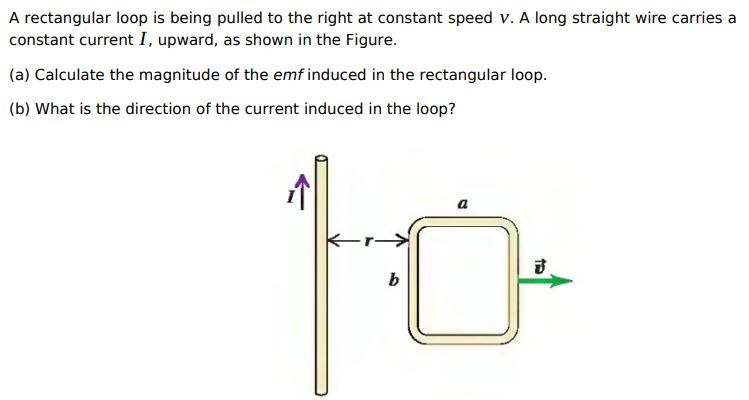

$$ U_) $$Ĭurrent loop voltage calculator conclusion The current loop voltage calculation is based on the following formula: When power supply is sufficient this is the current set by the Loop Tester, if supply is insufficient the current is calculated from Ohm's law. The Current is the current flowing through the loop. The voltage drop is depending on the current flowing through the cable. This resistance will cause a voltage drop as indicated in the calculator. Depending on the length and cross section of the cable, the cable has a resistance. The cable connects the Loop tester/measurement transmitter to the power supply and receiver. When the voltage drops below the minimum required voltage the current in the loop will also drop which will cause measurement errors. The loop tester needs sufficient voltage to operate. The Loop tester can be replaced by a process instrument / measurement transmitter such as a pressure or temperature transmitter. The current loop tester will set the current in the loop. A fixed voltage, the internal electronics will convert the current from the loop to a (digital) signal. A fixed resistor, the resistor will convert the current in the loop to a variable voltage which is evaluated by the receiver.Ģ. Receivers typically have 2 types of inputs which can be selected in the current loop voltage simulation.ġ. The receiver is a PLC, DCS system or some other device such as a I/P converter display etc.

Typical power supply for industrial systems is 24VDC. The power supply provides the power to the current loop. Note, the flow experienced in this sample system at any point in time is based on the demand of the system.V The current loop voltage diagram consist of the following items: Power Supply The performance curves shown in Figure 2 show that, the centrifugal pump achieves the maximum flow condition of 1400 m 3 /h at 55.0 M TDH and rises just 5.0 M at the minimum design flow rate of 700 m 3 /h. This ensures the pump operating efficiency is maximised across the expected pump operating conditions. When selecting a constant speed centrifugal pump for closed loop systems, the best efficiency point (BEP) on the pump efficiency curve should fall between the design minimum and maximum flow points on the pump capacity curve. Large scale closed loop systems can become complex to manually design as they often have many multiple branch lines or sub-loops. In well-designed systems, the friction losses will decrease proportionally with a decrease in flow rate. Regardless of where the pump is positioned in the loop, the differential head developed by the pump will always be the same.Īs you would expect, the head required to maintain flow in a closed loop system decreases as flow decreases and becomes greater as flow increases. An alternative way of considering this is, the suction pressure available at the pump is equal to the discharge pressure required to move the fluid to the top of the system. the fluid is not being circulated, the pumps suction and discharge exhibit the same pressure exerted by the two separate 10.0 M columns of fluid which are connected at the top. It would initially appear that the pump must overcome the height difference of 10.0M however, due to gravitational effects, this isn’t the case as for every metre of fluid pumped vertically upwards, a corresponding 1.0 M of fluid drops on the return side of the system. The system circulating pump is required to transport the fluid from the bottom of the system (0 M) to the top at 10.0 M.

Let’s consider the operating conditions of a closed loop system with an elevation change of say, 10.0 M. Pumps operating in closed loop systems are therefore only required to overcome dynamic friction losses. A closed loop circuit will exhibit only friction losses. Any pump selected for the closed loop system, must be able to transport the fluid to the highest point without flashing or inducing vacuum and the lowest point must also be evaluated for pump shut-off pressure. However, just like open flow systems, we still need to make checks for sufficient NPSHa, that the static pressure throughout the system does not fall below the fluid vapor pressure and therefore induce cavitation etc.

One of the unique aspects of closed loop piping systems is that the static elevation is not accounted for in head-pressure calculations as these systems are largely unaffected by static pressure. Figure 1: Closed Loop Fresh Water Cooling


 0 kommentar(er)
0 kommentar(er)
